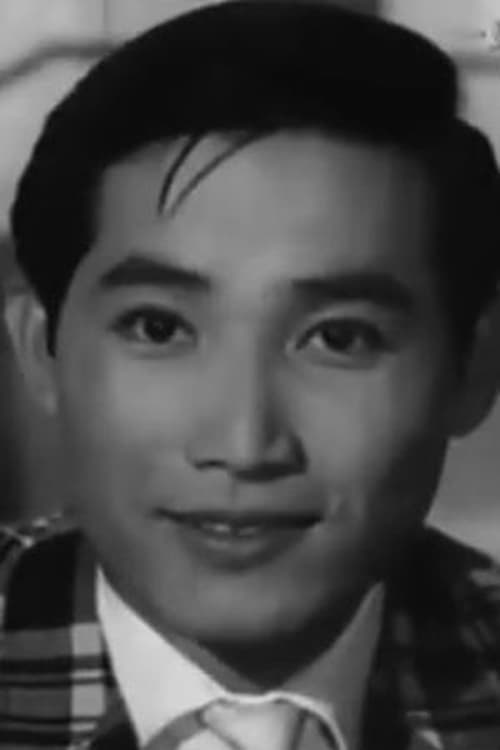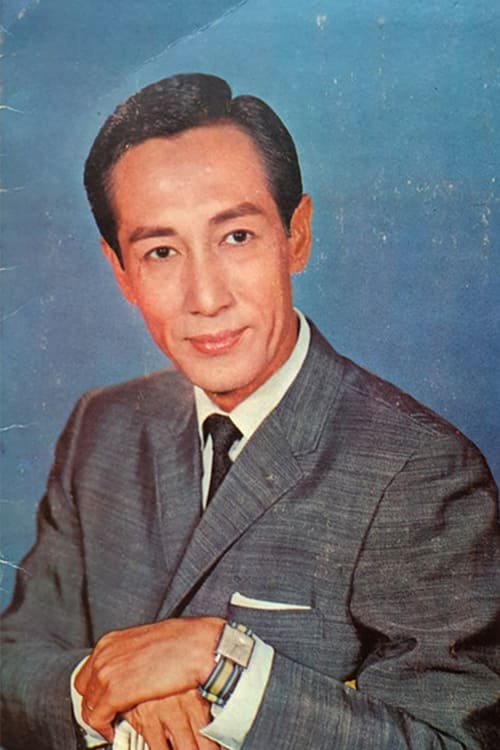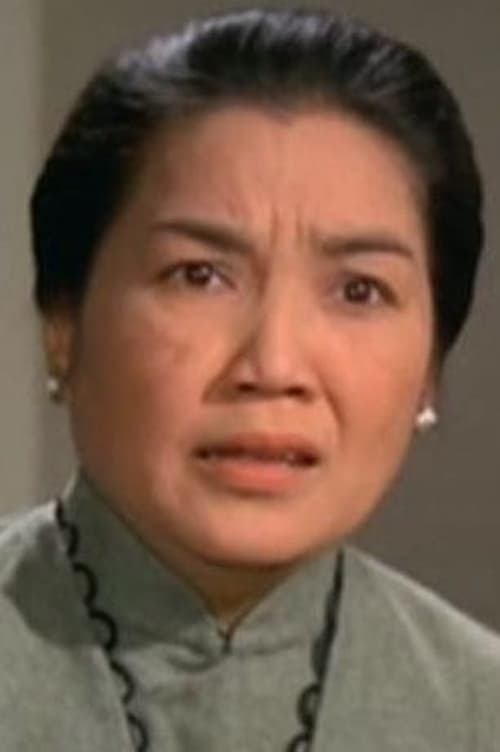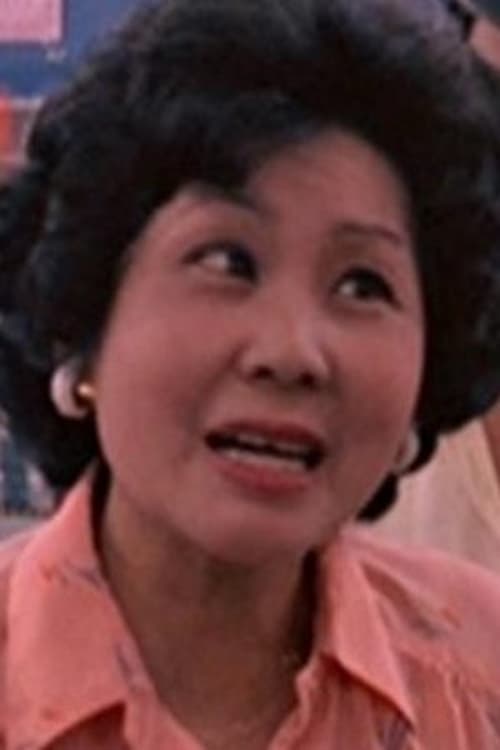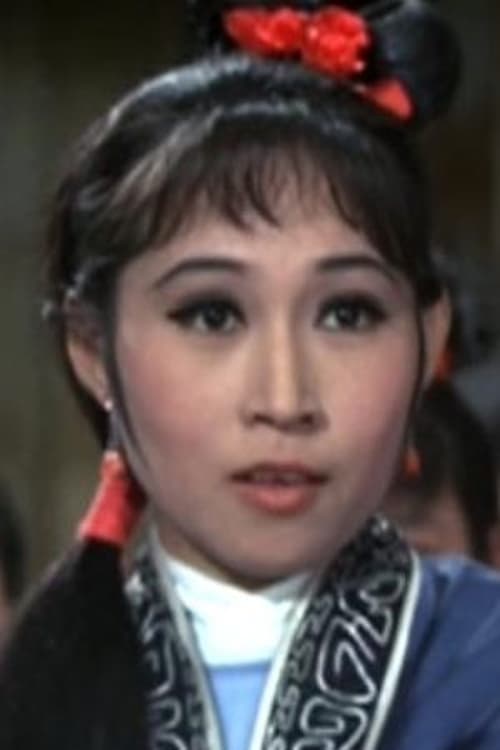Girls are Flowers (1966)
Género : Música, Romance, Comedia
Tiempo de ejecución : 1H 35M
Director : Wong Yiu
Escritor : Ho Bik-Kin
Sinopsis
Director Wong Yiu, recognising the spending power of a new demographic, was looking to create a teenage sensation for the factory girls. It soon became a social phenomenon in the 1960s. Former child star Connie Chan Po-chu fitted the bill perfectly with her doe-eyed innocence framed by silky long hair. In Girls are Flowers, she plays a young tutor falling in love with a handsome boy. However, their road to romance is paved with potholes and speed bumps. Chan's fellow former child star Nancy Sit plays the boy's younger sister who saves the day with her shrewd, nimble-minded plans. Sit's role may be small but with radiance from her glorious smile and beaming personality, she brightens up this musical romantic comedy like a fairy-tale nymph.

Este reportaje perfila los cuarenta años de historia de la subcultura skinhead, que comienza con las versiones más recientes de la cultura. Uno de los asuntos que analiza el documental, es el componente político, que va desde los pensamientos de extrema derecha, a los totalmente opuestos de extrema izquierda. La película describe la transformación y radicalización de esta subcultura juvenil.

A jet-setting model leads a freewheeling life in Mexico City until she falls in love with an artist.
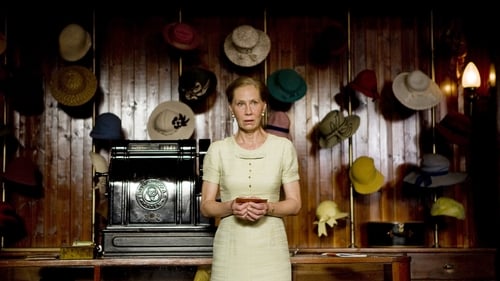
An comedy set in 1960s Helsinki. The story revolves around Elsa, a resolute hatmaker who is in complete control of her life. Besides running her shop, she sometimes doubles as a fortune teller. When Jan, a Czechoslovakian jazz musician and Elsa's old lover comes to town to perform at a "peace and friendship festival", her well-organised life is jolted out of balance.

It's the last week of school in a small polish town's junior high school. Waiting for the final party, several students pass the time at a city pool, as if anticipating the emotional whirlwind they are about to experience. The action takes place somewhere in Poland, where ‘LGBT free zones’ are a reality in 2020. It’s a story about young people, their problems and romantic endeavours in the era of the Internet and social apps, when creating genuine relationships is unnaturally difficult.

Nick Koenig, aka Hot Sugar, is in a hot mess. Considered a modern-day Mozart, the young electronic musician/producer records sounds from everyday life—from hanging up payphone receivers to Hurricane Sandy rain—and chops, loops and samples them into Grammy Award–nominated beats. He’s living the life every musician dreams of, complete with an internet-phenom girlfriend, rapper/singer “Kitty.” But when she dumps him, Hot Sugar is set adrift. Fleeing to Paris, he tries to regroup, searching for new sounds and a sense of self. Filmmaker Adam Lough mixes scenes of Hot Sugar at work on his vintage recording devices with surprising soul-searching reflections he offers to the camera. As tweets and posts about the broken couple blow up on the internet, Hot Sugar’s road trip presses onward, revealing even more exotic layers of the man and his music. Fun and flash, this lyrical journey offers audiences a fascinating peek into a modern artist’s creative process.
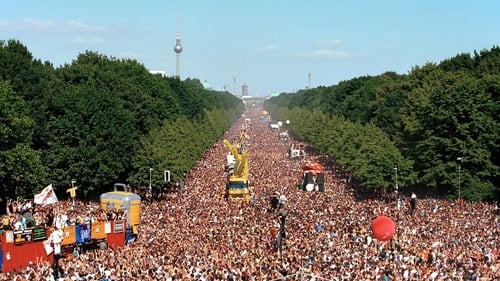
At the end of the Cold War, something new arised that should influence an entire generation and express their attitude to life. It started with an idea in the underground subculture of Berlin shortly before the fall of the Wall. With the motto "Peace, Joy, Pancakes", Club DJ Dr. Motte and companions launched the first Love Parade. A procession registered as political demonstration with only 150 colorfully dressed people dancing to house and techno. What started out small developed over the years into the largest party on the planet with visitors from all over the world. In 1999, 1.5 million people took part. With the help of interviews with important organizers and contemporary witnesses, the documentary reflects the history of the Love Parade, but also illuminates the dark side of how commerce and money business increasingly destroyed the real spirit, long before the emigration to other cities and the Love Parade disaster of Duisburg in 2010, which caused an era to end in deep grief.

Unrest breaks out in eastern Helsinki as a Finnish family man gets hospitalized in the summer of 2015. Gangs of young people are burning down cars and public buildings, confronting the security guards and the riot police. The narrative goes backwards, towards the riots which mark the end of our movie. As the story begins, the unrest is still bubbling under, ready to explode any time. Vandalism and robbery are not uncommon in the suburbs; neither is violence towards the police and the security guards. Frustration, alienation, isolation and poverty corrode the asphalt surface of the multicultured society, otherwise relatively harmonious.

Paris, October 1948. Nino, Gilles, Donald, Barbara and their friends are a new breed of spectators. They discover the cinema as art, they are moviegoers. They will try to realize their grand project: to found a film club. "My film first wants to be a testimony of young people who have lived for a passion. Cinema"

Street art, creativity and revolution collide in this beautifully shot film about art’s ability to create change. The story opens on the politically charged Thailand/Burma border at the first school teaching street art as a form of non-violent struggle. The film follows two young girls (Romi & Yi-Yi) who have escaped 50 years of civil war in Burma to pursue an arts education in Thailand. Under the threat of imprisonment and torture, the girls use spray paint and stencils to create images in public spaces to let people know the truth behind Burma's transition toward "artificial democracy." Eighty-two hundred miles away, artist Shepard Fairey is painting a 30’ mural of a Burmese monk for the same reasons and in support of the students' struggle in Burma. As these stories are inter-cut, the film connects these seemingly unrelated characters around the concept of using art as a weapon for change.
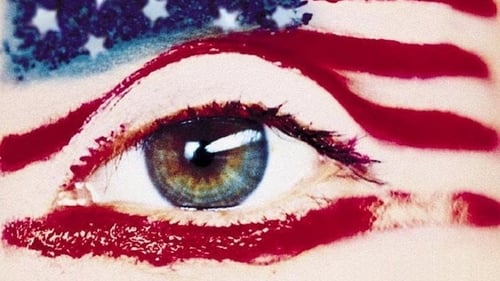
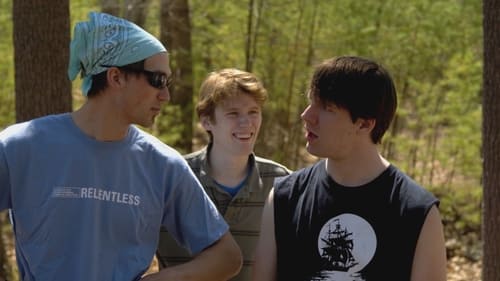
"YouthMin" is a mockumentary following an attention seeking youth pastor and his small group of Christian teens at Bible camp.

Jeff is sick of losing weekend grudge matches with his Dodge Challenger and longs for the chance to drive a top fuel dragster. When a top racing team cans their driver, Jeff sees an opportunity to make his dreams come true. IF he can prove that he has what it takes to be a real driver.
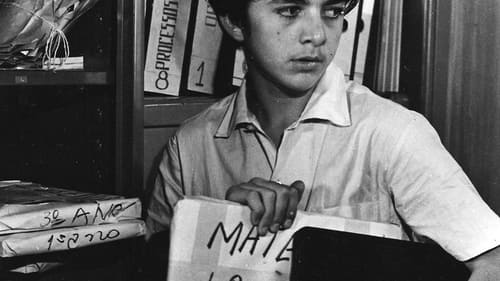
In the bohemian 1960s Rio de Janeiro, the 16 year-old rebel and reckless teenager Marcelo, a terrible student that plays hooky from school, dreams on leaving his home and move to São Paulo to work hard, make money and travel abroad to visit the world.
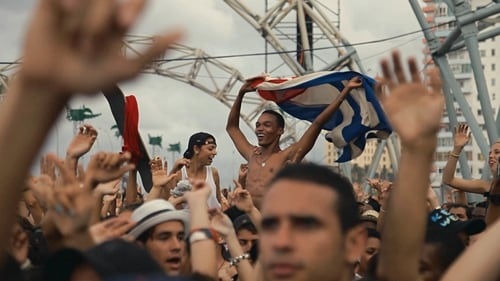
In the spring of 2016, global music sensation Major Lazer performed a free concert in Havana, Cuba—an unprecedented show that drew an audience of almost half a million. This concert documentary evolves into an exploration of youth culture in a country on the precipice of change.

Join the cool kids on the Kings Road and Carnaby Street as youth fashion brings a welcome splash of colour to Britain. “Don't take it too seriously, or you'll be missing the point!” (from: http://www.independentcinemaoffice.org.uk/films/brit-chic)

While trying to remain faithful to his own life philosophy of permanent independence and denial of love, a characteristic so peculiar for his generation, Sasha refuses to admit both to himself and and to the others his love for Bojana. Everything changes when Bojana falls from scaffolding on Sasha's graduation day.

Some groups of skaters are classified as teams. At Globe there are only riders. Riders who define skateboarding through their unique character and perspectives on their world. Opinion, skateboarding: to each his own.

A portrait of Berlin youth, sexuality, and identity.

Documentary about the construction of Thy Lejren in 1970 - an alternative summer camp. Features concerts by bands such as Gasolin' and Gnags.

